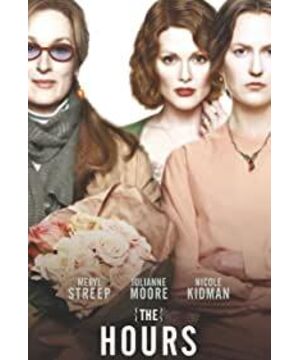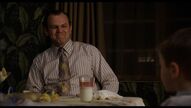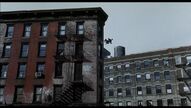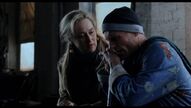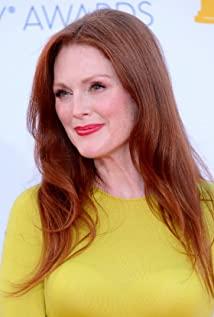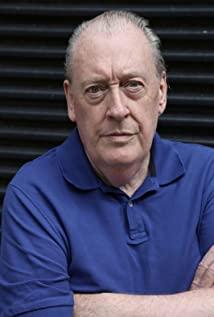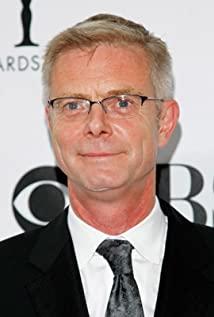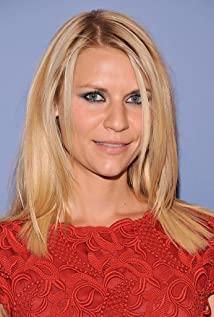The three parallel structures present the day of each of the three women, and together they express the life of a woman. The writer, known as Mrs. Woolf, dominates the plot of the film in the first paragraph. A woman named Laura, read Mrs. Woolf's novel "Mrs. Dalloway" in the second paragraph. Clarissa, who appears in the third paragraph, interprets life like the novel itself. Writer, reader, protagonist, such an unexpected setting was immediately subverted again. Laura gradually became a character in the novel, and the film became a stage for the writer Virginia alone.
All three stories implicitly point to lesbian tendencies, which seem to be what they really want, but not what they really want. Virginia felt that it was better to choose to die than to live like this. In the face of death, Laura finally chose life. Clarissa had experienced a death and seemed to have just calmed down. No one dares to face the true self and pursue the forbidden love. This kind of love is thus magnified, sublimated, and even more beautiful. Death feigns a shot, and the love that cannot be obtained becomes the main theme. Perhaps the other side of death is love, not life.
The structure of multiple time and space makes it possible to tell a whole life in one day. Although the time and space of the three women are superimposed to form a three-day length, it is still difficult to support enough plot twists. Death, even as a patch to make up for the narrative dynamics, is a bit abrupt and unbalanced. Large paragraphs of language dialogues make the film tend to be a flat ethical explanation. Fortunately, the subtly transformed transition processing and the superb acting skills of the three heroines re-deconstructed the flat lens language and brought the film back to life and vitality.
View more about The Hours reviews


